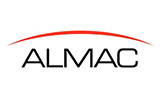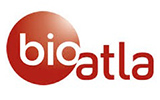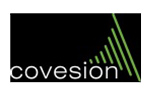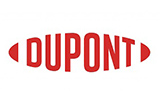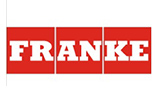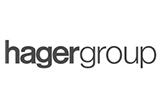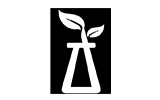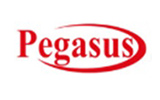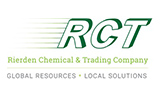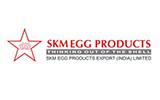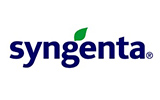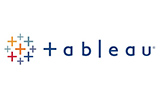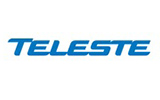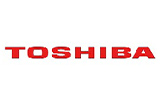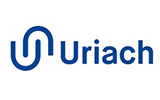1. Research Framework
1.1. Research Objective
1.2. Product Overview
1.3. Market Segmentation
2. Executive Summary
3. Asia Pacific Trade Finance Market Insights
3.1. End User Value Chain Analysis
3.2. DROC Analysis
3.2.1. Growth Drivers
3.2.1.1. Growing trade with emerging markets
3.2.1.2. Increasing digitization of trade finance
3.2.2. Restraints
3.2.2.1. Lack of awareness and information
3.2.3. Opportunities
3.2.3.1. Increasing government support
3.2.4. Challenges
3.2.4.1. Technological challenges
3.3. Technological Advancements/Recent Developments
3.4. Regulatory Framework
3.5. Porter's Five Forces Analysis
3.5.1. Bargaining Power of Suppliers
3.5.2. Bargaining Power of Buyers
3.5.3. Threat of New Entrants
3.5.4. Threat of Substitutes
3.5.5. Intensity of Rivalry
4. Asia Pacific Trade Finance Market Overview
4.1. Market Size & Forecast, 2025-2033
4.1.1. By Value (USD Billion)
4.2. Market Share & Forecast
4.2.1. By Product
4.2.1.1. Commercial Letters of Credit
4.2.1.2. Standby Letters of Credit
4.2.1.3. Guarantees
4.2.1.4. Others
4.2.2. By Provider
4.2.2.1. Banks
4.2.2.2. Trade Finance Houses
4.2.2.3. Others
4.2.3. By Application
4.2.3.1. Domestic
4.2.3.2. International
4.2.4. By End User
4.2.4.1. Traders
4.2.4.2. Importers
4.2.4.3. Exporters
4.2.5. By Country
4.2.5.1. China
4.2.5.2. India
4.2.5.3. Japan
4.2.5.4. South Korea
4.2.5.5. Australia & New Zealand
4.2.5.6. Indonesia
4.2.5.7. Malaysia
4.2.5.8. Singapore
4.2.5.9. Vietnam
4.2.5.10. Rest of APAC
5. China Trade Finance Market
5.1. Market Size & Forecast, 2025-2033
5.1.1. By Value (USD Billion)
5.2. Market Share & Forecast
5.2.1. By Product
5.2.2. By Provider
5.2.3. By Application
5.2.4. By End User
6. India Trade Finance Market
6.1. Market Size & Forecast, 2025-2033
6.1.1. By Value (USD Billion)
6.2. Market Share & Forecast
6.2.1. By Product
6.2.2. By Provider
6.2.3. By Application
6.2.4. By End User
7. Japan Trade Finance Market
7.1. Market Size & Forecast, 2025-2033
7.1.1. By Value (USD Billion)
7.2. Market Share & Forecast
7.2.1. By Product
7.2.2. By Provider
7.2.3. By Application
7.2.4. By End User
8. South Korea Trade Finance Market
8.1. Market Size & Forecast, 2025-2033
8.1.1. By Value (USD Billion)
8.2. Market Share & Forecast
8.2.1. By Product
8.2.2. By Provider
8.2.3. By Application
8.2.4. By End User
9. Australia & New Zealand Trade Finance Market
9.1. Market Size & Forecast, 2025-2033
9.1.1. By Value (USD Billion)
9.2. Market Share & Forecast
9.2.1. By Product
9.2.2. By Provider
9.2.3. By Application
9.2.4. By End User
10. Indonesia Trade Finance Market
10.1. Market Size & Forecast, 2025-2033
10.1.1. By Value (USD Billion)
10.2. Market Share & Forecast
10.2.1. By Product
10.2.2. By Provider
10.2.3. By Application
10.2.4. By End User
11. Malaysia Trade Finance Market
11.1. Market Size & Forecast, 2025-2033
11.1.1. By Value (USD Billion)
11.2. Market Share & Forecast
11.2.1. By Product
11.2.2. By Provider
11.2.3. By Application
11.2.4. By End User
12. Singapore Trade Finance Market
12.1. Market Size & Forecast, 2025-2033
12.1.1. By Value (USD Billion)
12.2. Market Share & Forecast
12.2.1. By Product
12.2.2. By Provider
12.2.3. By Application
12.2.4. By End User
13. Vietnam Trade Finance Market
13.1. Market Size & Forecast, 2025-2033
13.1.1. By Value (USD Billion)
13.2. Market Share & Forecast
13.2.1. By Product
13.2.2. By Provider
13.2.3. By Application
13.2.4. By End User
14. Rest of APAC Trade Finance Market
14.1. Market Size & Forecast, 2025-2033
14.1.1. By Value (USD Billion)
14.2. Market Share & Forecast
14.2.1. By Product
14.2.2. By Provider
14.2.3. By Application
14.2.4. By End User
15. Competitive Landscape
15.1. List of Key Players and Their Offerings
15.2. Asia Pacific Trade Finance Company Market Share Analysis, 2023
15.3. Competitive Benchmarking, By Operating Parameters
15.4. Key Strategic Developments (Mergers, Acquisitions, Partnerships)
16. Impact of Escalating Geopolitical Tensions on Asia Pacific Trade Finance Market
17. Company Profiles (Company Overview, Financial Matrix, Competitive Landscape, Key Personnel, Key Competitors, Contact Address, Strategic Outlook, and SWOT Analysis)
17.1. Asian Development Bank
17.2. BNP Paribas S.A.
17.3. Citigroup Inc.
17.4. Euler Hermes Group
17.5. HSBC Holdings PLC
17.6. JPMorgan Chase & Co
17.7. Mitsubishi UFJ Financial Inc.
17.8. Other Prominent Players
18. Key Strategic Recommendations
19. Research Methodology
19.1. Qualitative Research
19.1.1. Primary & Secondary Research
19.2. Quantitative Research
19.3. Market Breakdown & Data Triangulation
19.3.1. Secondary Research
19.3.2. Primary Research
19.4. Breakdown of Primary Research Respondents, By Country
19.5. Assumptions & Limitations
*Financial information of non-listed companies can be provided as per availability.
**The segmentation and the companies are subject to modifications based on in-depth secondary research for the final deliverable


